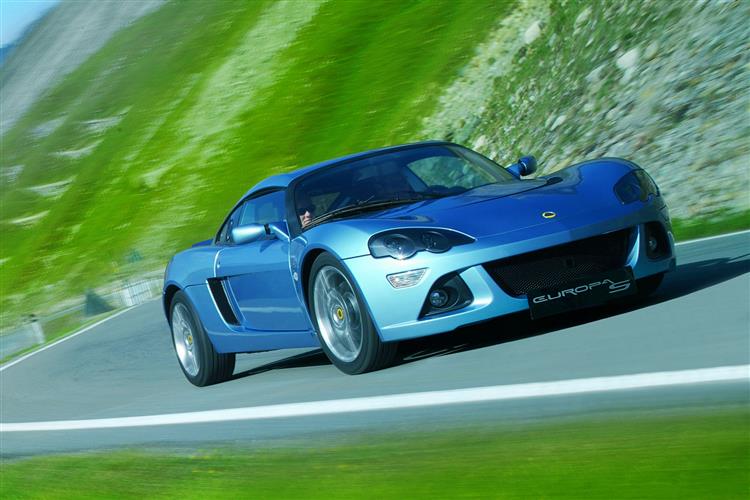HIGH RATE TRACKER (some text hidden) --NONE--
BY STEVE WALKER
Introductionword count: 112
On paper it seemed simple. Take the much loved Lotus Elise platform and develop a car that was more comfortable and easier to use on a daily basis. The Elise is a specialist piece of machinery built around the task of lapping race circuits very quickly. There are abattoirs with more creature comforts, so making it more proficient on a trip to the supermarket hardly looked like a challenge for a company with the engineering nous of Lotus. So the Europa was born. By and large, it did what it was supposed to but the response was mixed. On the used market the idea of a softer Elise might hold more appeal.
Modelsword count: 7
Models Covered: (2.0 turbocharged petrol [standard, SE])
Historyword count: 252
In 2006, the second generation Lotus Elise was already five years old and, with the honourable exception of its hard-topped relative the Exige, it was the only car Lotus was able to offer customers. The gap before the incessantly speculated-on Esprit replacement or the purpose-built Evora GT car arrived was inevitably going to be a very long one so in the best British fashion, Lotus adopted a stiff upper lip and worked with what it had. What it had was the Elise platform, lightweight, immensely rigid and superb on track, which it had recently adapted for use in the longer wheelbase Vauxhall VX220. This formed the basis of the Europa with power supplied by the 2.0-litre turbocharged engine that came in the range-topping, and quite indecently fast, VX220 Turbo model. With the turbocharged unit making acceleration available at lower revs than the normally-aspirated Toyota-sourced engine in the Elise and the longer wheelbase serving to smooth-out the ride while increasing the space available, the thinking behind the Europa looked sold. The car was launched in 2006 as the Europa S, the S suffix serving to differentiate it from the classic Lotus Europa models of the 60s and 70s. The 2.0-litre engine originally developed 200bhp but in 2008, the range was supplemented by the Europa SE which had a 225bhp version of the same unit. By this stage, the standard car wasn't being referred to as the Europa S by anyone and at some point Lotus officially adopted plain-old Europa as the car's name.
What You Getword count: 296
The styling work on the Europa was carried out by Russell Carr, the man behind the series 2 Elise and Exige shapes, so there's a degree of styling continuity between the models. The side scoop, the exposed fuel filler cap and the basic stance are all recognisably Lotus but some of the rest of the detailing is less successful. The desire to make a car that looked different from the Elise may have resulted in the fussier finishes that will doubtless divide opinion. The Europa chassis is very similar to the Elise tub with cut down sills to make entry and exit easier. What rigidity was lost in this fashion is probably gathered back with the addition of the rigid fixed roof. It's hard to believe the wheelbase is only 30mm longer than an Elise, as the Europa S looks a far bigger car. It is 115mm longer overall and the higher roofline gives it a little more road presence than the diminutive Elise and Exige models. Boot space increases from a borderline-useless 112-litres in the Elise to a tiny 154 litres in the Europa, so pack light. Although the chassis shares plenty of commonality, Lotus were at pains to stress that the Europa S isn't merely an Elise derivative, even giving it its unique chassis number, Type 121, as opposed to the Type 111 that company insiders call the Elise underpinnings. A clearer distinction can be seen in the focus for the Europa S, the Norfolk company adopting the tagline 'business class by Lotus' for the car's launch. This was undoubtedly stretching it a bit but although the cabins of the two cars are similar, the Europa did come with better quality materials and less exposed metal. Air-conditioning and satellite navigation were standard fit items.
To see the full road test text contact us on 0330 0020 227
Pictures (high res disabled)

Scoring (subset of scores)
Category: Sporting Cars
| Performance | |
| Handling | |
| Comfort | |
| Space | |
| Styling, Build, Value, Equipment, Depreciation, Handling, Insurance and Total scores are available with our full data feed. | |



